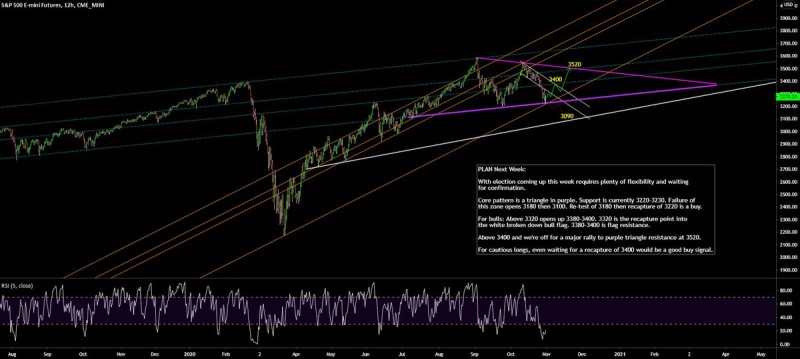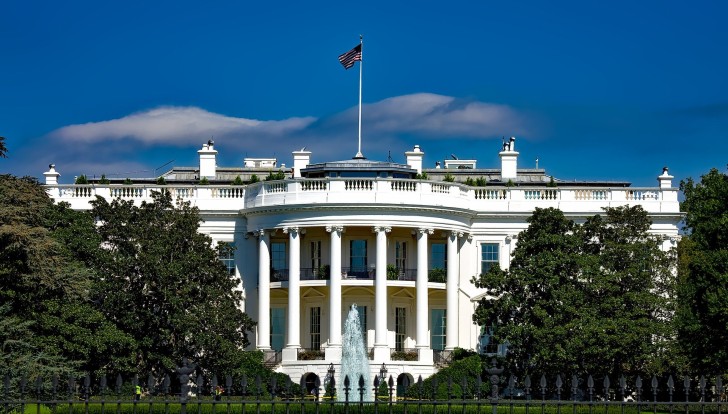S&P 500 Repeats 2016 Election Pattern
Adam Mancini, market analyst and full-time futures trader, analyzes market movements and draws parallels with market behavior ahead of previous elections in 2016. The analyst draws attention to the fact that then the market also peaked in September, then underwent a correction that lasted until the elections. He also notes that after the elections, the market began to rally
From the point of view of technical analysis, according to Mr. Mancini, the S&P 500 should reach 3400 pt. for the growth to continue relatively safely.
Eerie similarity in $SPX to 2016 election where it peaked in September, sold off until election, then started a rally. Repeat is a possibility this year As usual, price needs to be the guide & sidelines are safest as results come in. Bulls must reclaim 3400-20 to secure upside Adam Mancini via Twitter

According to the observations of experts, ahead of this year's elections, there is a record increase in short positions in the VIX, the S&P 500 volatility index. Apparently, speculators are also betting on the rally and reducing investors' fears, but they should be careful since the market prospects after the elections are not very obvious.

The Future of the US Market Is Uncertain
Nevertheless, this year has already brought many surprises, breaking all the historically established patterns. Thus, the typically calm summer months this year have been marked by a rapid rally, and August, which is usually the most volatile, this year showed the best growth in years. Then, in October, historical data suggested that the market would rise in the fall, but this did not happen again, the last week of October was marked by a rapid decline in markets ahead of the elections.
Traders still argue that after the elections, the market might finally begin to rise. According to their observations, October before the elections has never seen much growth, unlike November, which, based on historical data, showed growth due to the decrease in investor fears.
However, not everyone agrees with the opinion that historical data from previous years is reasonable to apply this time. According to the US Election analysis by oanda.com, it won't happen this year. In addition to the elections, many factors are now exerting pressure on the market, including the growing second wave of the coronavirus, the recession it caused, as well as an unprecedented rise in unemployment. Whoever ends up in the presidency in the election will have a significant impact on the markets, but it will not necessarily be positive.
 Usman Salis
Usman Salis

 Usman Salis
Usman Salis


